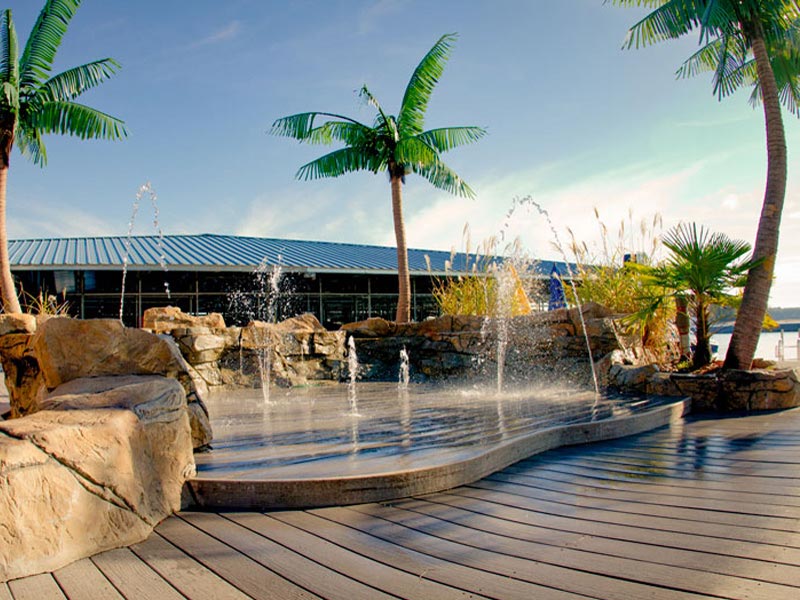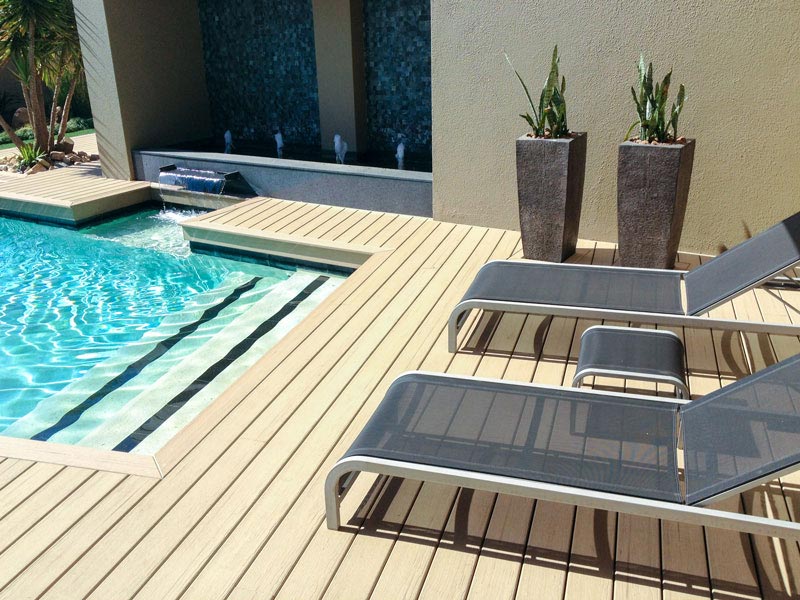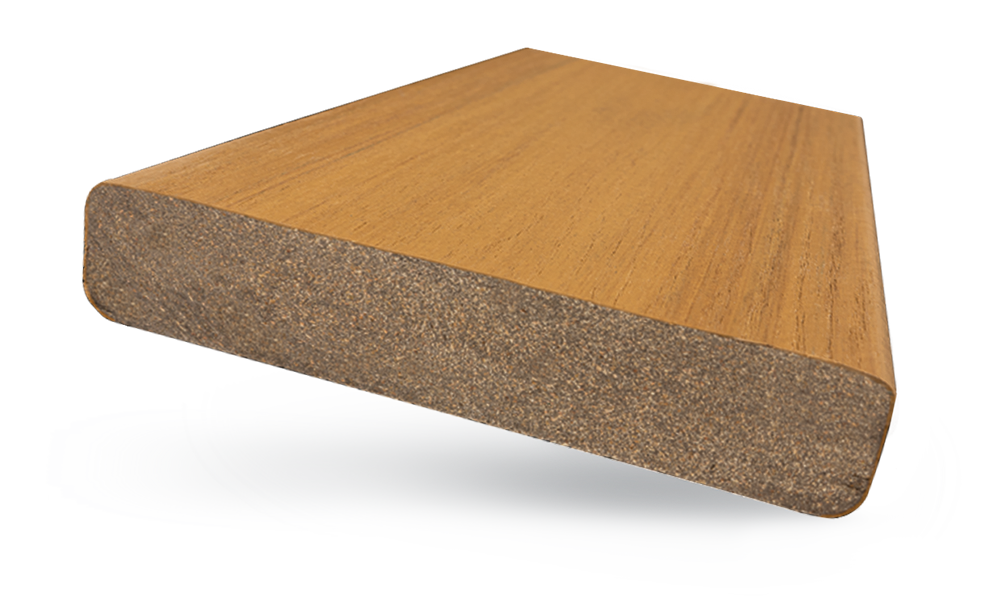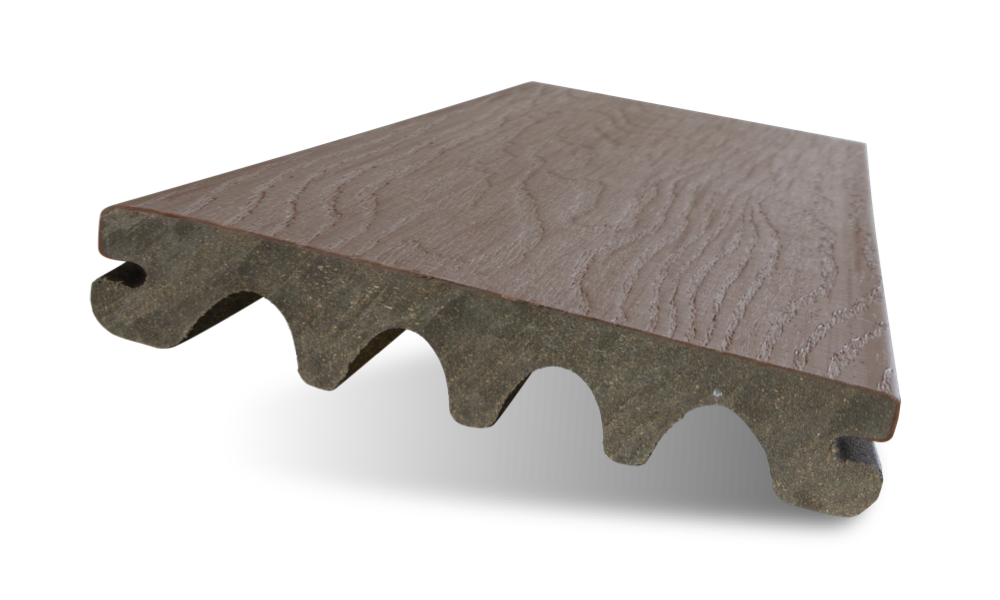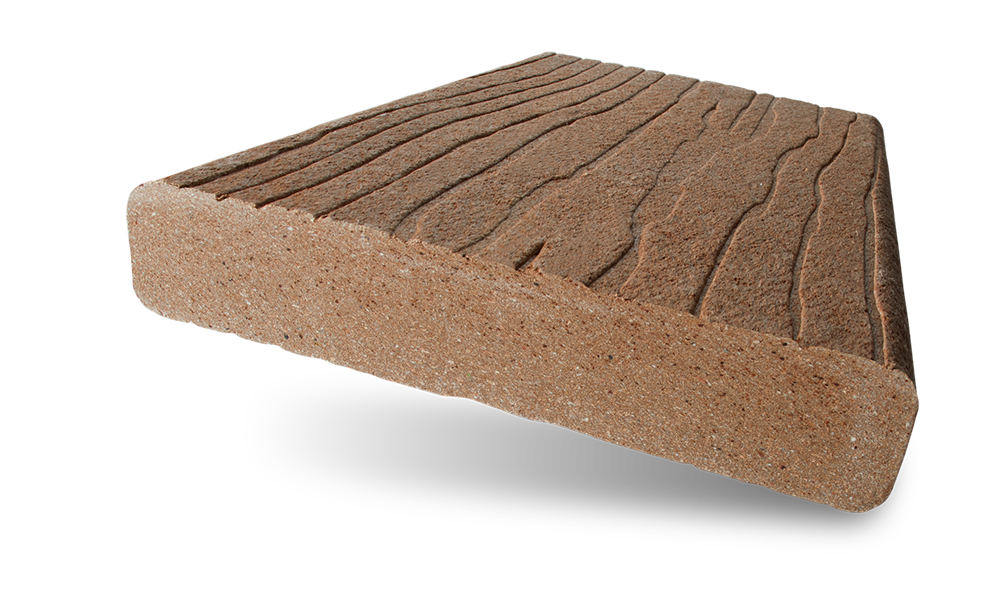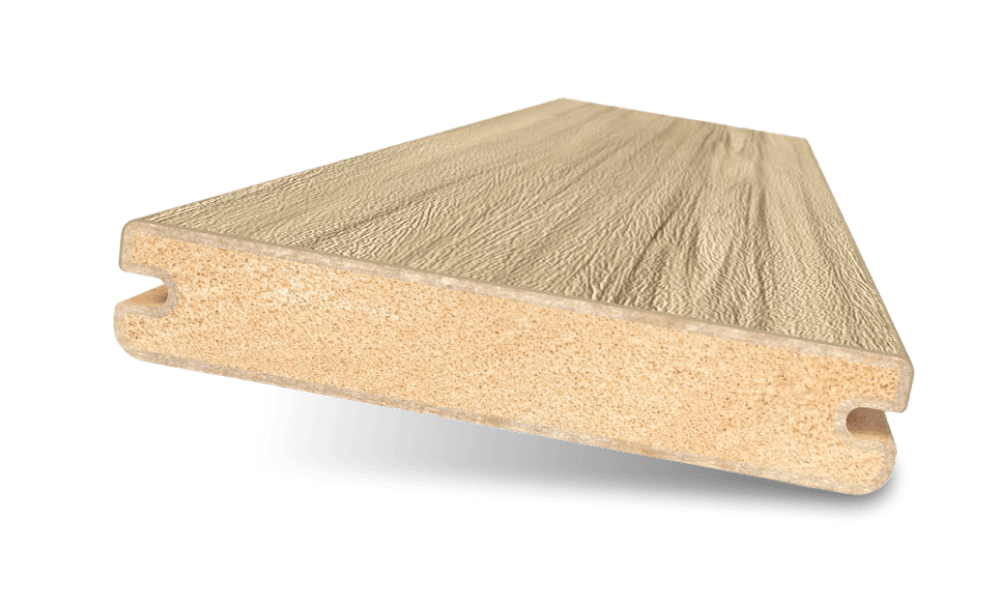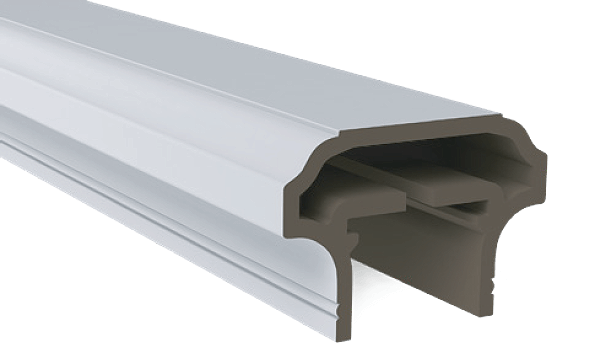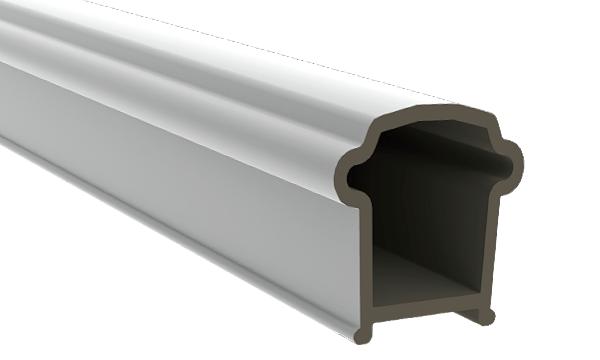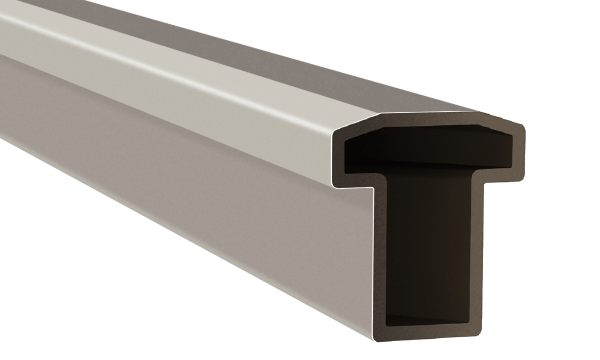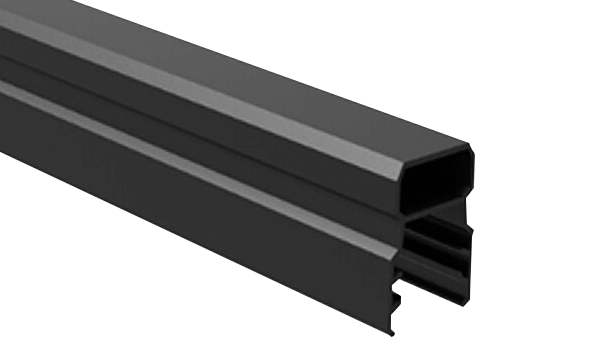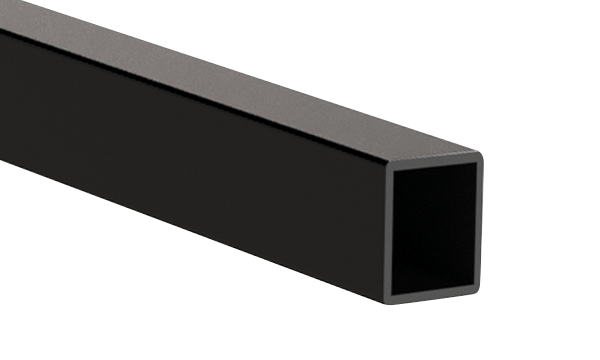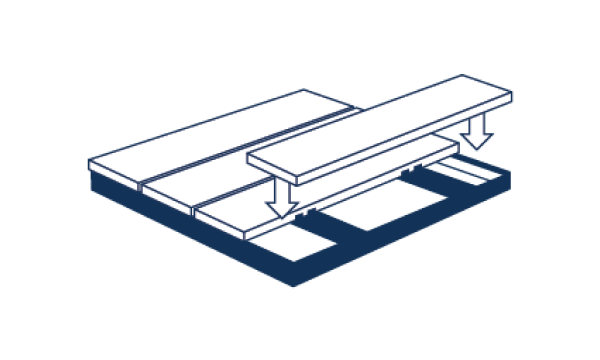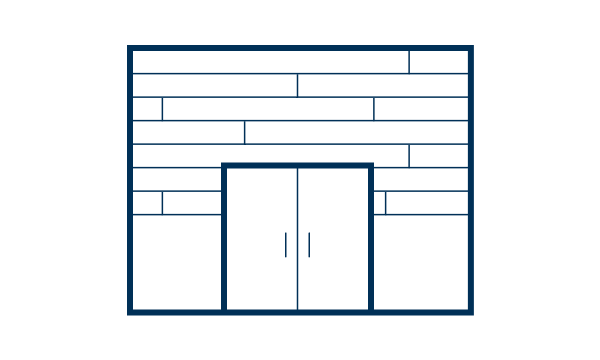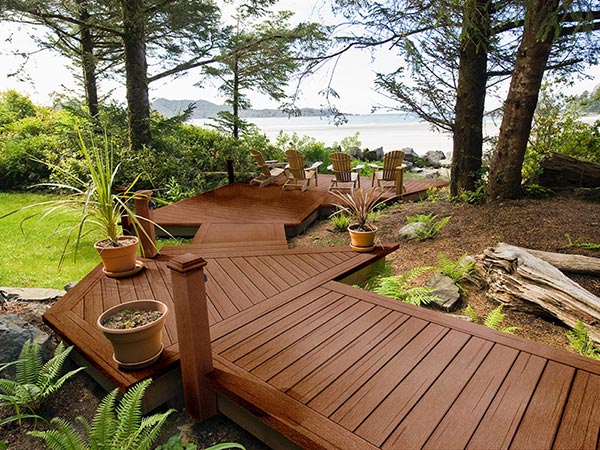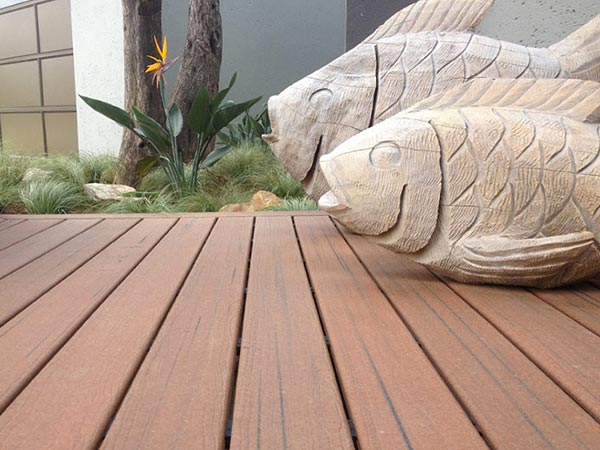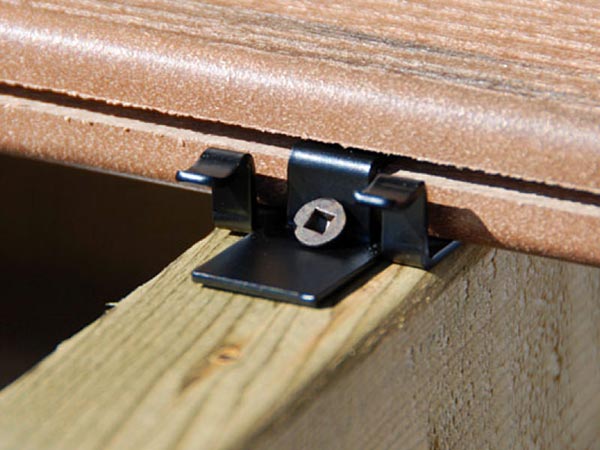The Latest Options for Dock Decking
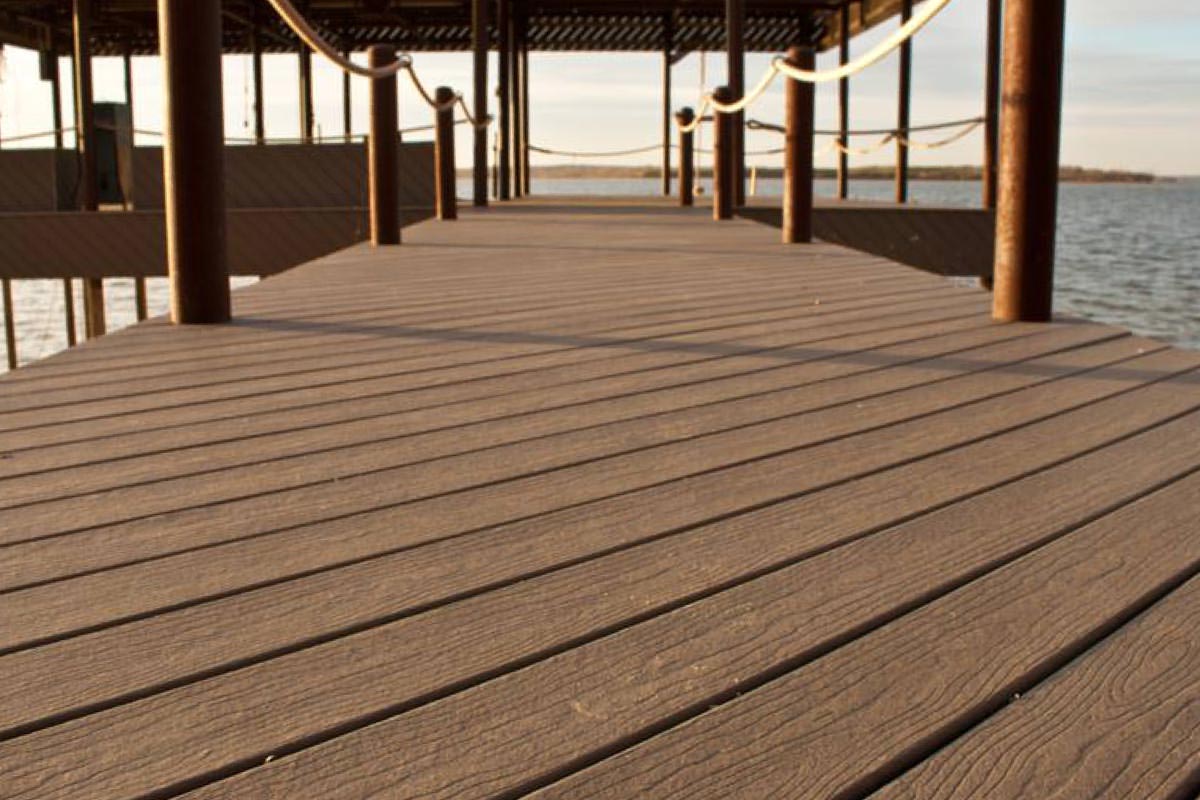
The great thing about docks is they're located over water, which means boat time. The not so great thing about docks is they're located over water, which means high exposure to moisture for the decking.
While all decking faces the ravages of sun and rain (and sometimes ice), decking for residential dock and marina applications also must endure frequent soaking from waves and wet feet.
Dock decking also must meet a host of other criteria, whether used in a private dock for a single boat or in a commercial marina with hundreds of boat slips. Key traits to consider when choosing decking for docks include:
• Moisture resistance
• Heat resistance
• Splintering
• Beauty
Moisture Resistance For Water Exposure
Dating back thousands of years, dock surfaces most often have been built of wood. While wood is abundant and low-cost, it also is susceptible to degrading from moisture exposure. This is especially problematic with decking for docks, where "intermittent drying and wetting in the tidal and splash zone cause alternate swelling and shrinking of wood, which ultimately produce multiple internal fractures in timber," notes the World Association for Waterborne Transport Infrastructure. This means, splintering, cracking and warping.
For longer lasting dock decking, including in the most demanding situations, such as submerged deck and dock sections, more private dock owners and marina operators are installing water-resistant composite decking.
As an engineered material, wood-plastic composites bring together and enhance the performance benefits of two different materials. The wood fibers contribute strength and stiffness, while plastic provides moisture resistance. Among composites, it is essential to look for products in which the wood fiber is fully encapsulated in plastic, which ensures the boards are protected to the core from moisture damage.
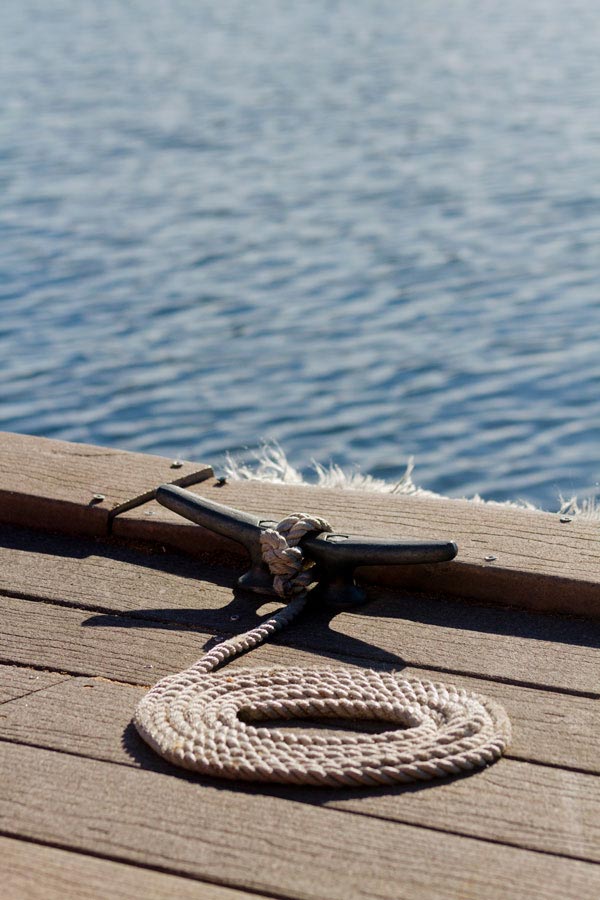
Heat Resistance To Avoid Hot Docks In High Temperatures
While moisture-resistant composites work well as long-lasting decking for docks, it is important to know that traditional composite decking readily absorbs heat, resulting in a hot walking surface.
To provide a more comfortable decked surface, MoistureShield offers CoolDeck technology on select products to reduce heat transfer on contact.
Less Splintering
Beyond cooler surfaces, another comfort and safety factor to consider when choosing dock decking is how much the material will splinter. Nearly everyone has had a painful splinter, which is common in wood decking as it degrades from sun and moisture exposure. In contrast, composite decking does not splinter since it is made with fine wood fiber encased in plastic. The result is a safer, more comfortable stroll to your boat, even in bare feet.
Durable, Yet Beautiful
At one time, wood decking alternatives tended to look artificial and plastic-like. Today, composite manufacturers have pioneered technologies to create composite deck boards with the beauty of wood, but without the problems of wood discussed above. Some of these boards offer streaking and randomized grain patterns to emulate exotic hardwoods. Composites also come in a wide palette of colors suitable for any dock application.
For more information on dock decking, check out our friends at Marina Dock Age magazine, or visit our water application page.
